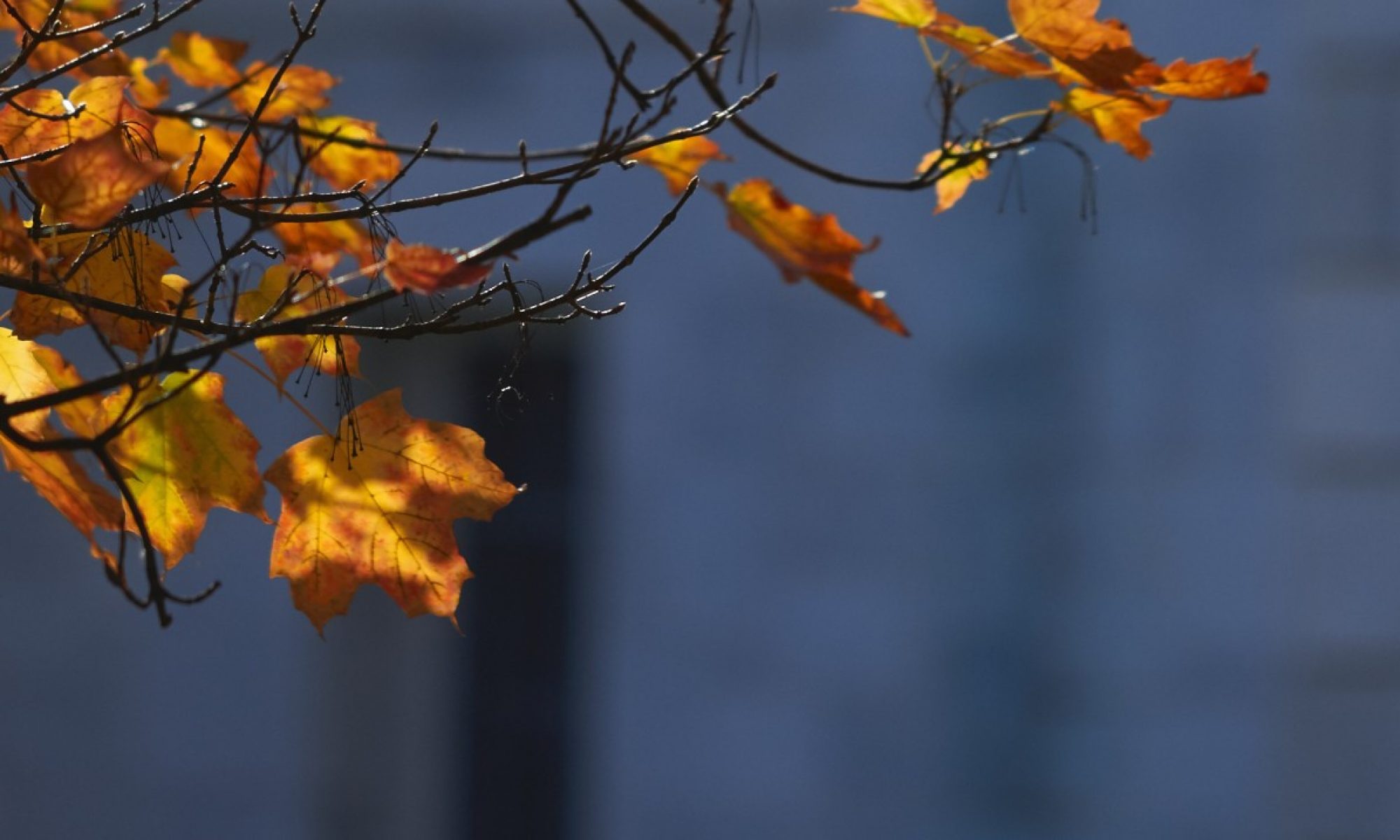
Topic: Seismic Triggered Lacustrine Landslides and Lake Tsunamis in Lake Champlain
Abstract:
Underwater landslides have been identified in Lake Champlain via Multibeam and CHIRP (compressed high intensity radar pulse) seismic profile imager. Numerous large landslides researched by Middlebury seniors, [Ghosh (2012), Rosales-Underbrink (2015), Silverhart (2016), Edwards (2018)] have shown that many of these landslides are coeval. All landslides failed on a specific interface between marine Champlain Sea and modern lacustrine Lake Champlain sediments. Utilizing radionuclide dating on sediment from the unfailed slopes or undisturbed sediment above failed deposits, sedimentation rates were determined and used to calculate the approximate failure ages for each of the landslides studied. The northernmost failure, south of the Bouquet River, occurred about 950-1200 cal yr BP and is the first mass wasting event of this age to be recorded on Lake Champlain. The remaining landslides failed about 4500-5200 cal yr BP and agree with nearby Western Quebec Seismic Zone (WQSZ) where clusters of terrestrial landslides occurring at 1000 and 5000 cal yr BP, and are triggered by large earthquakes (Brooks, 2015) along the same interface. The 5000 cal yr BP event has been attributed to a M 6.4 or greater earthquake within the WQSZ. The landslides observed in Lake Champlain are likely triggered by this same earthquake. Additionally, lake tsunami models show that these simultaneous landslide failures can generate a surface water wave of 30 feet that can impact the Lake Champlain shoreline within 3-10 minutes after the earthquake.
Biography:
Pat Manley received her doctorate from Lamont-Doherty Earth Observatory of Columbia University in Marine Geology and Geophysics. She began teaching at Middlebury College in the Fall of 1989. Pat teaches courses from introductory geology courses (Ocean Floor, Dynamic Earth, Earthquakes & Volcanoes) and as well as upper division courses in Geophysics, Marine Geology and Sedimentology. She routinely involves students in her research on Lake Champlain sediments as well as Holocene paleoclimate research in the North Atlantic and along the bays and fjords of Antarctica.
